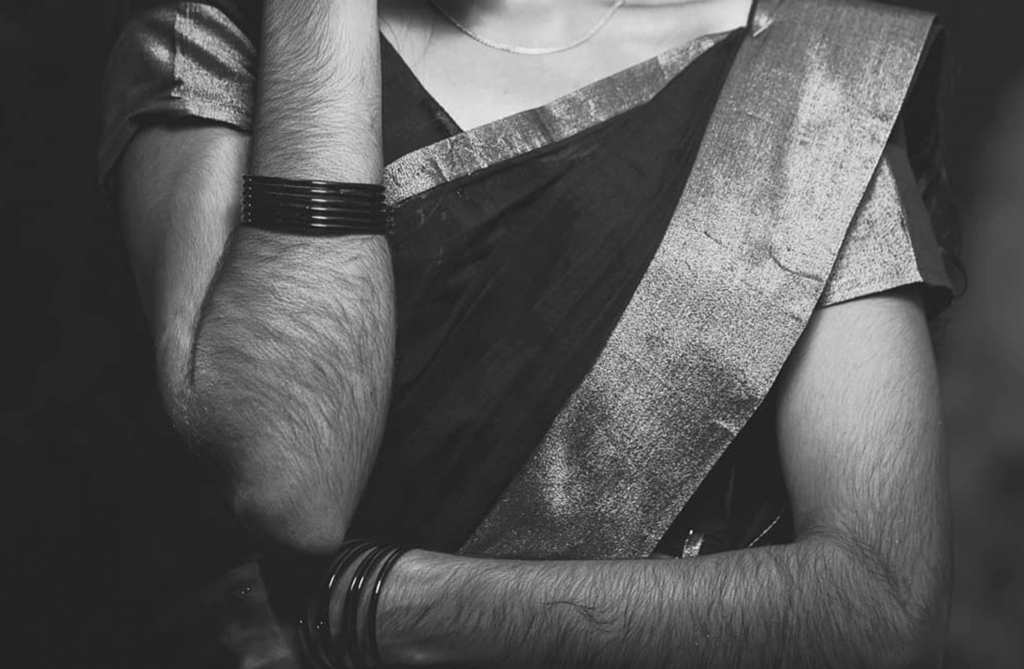Arm hair has always been a subject of much debate and discussion within Indian society. As girls navigate through the complexities of cultural expectations and biological predispositions, they often find themselves scrutinizing their arm hair. This article delves into the cultural, historical, and biological aspects of arm hair in Indian culture, discussing grooming practices such as combing, societal expectations, and symbolism, along with personal experiences of getting used to having arm hair and dealing with stares and judgments.
Historical and Cultural Perspectives
Historically, Indian culture has placed immense importance on hair as a symbol of beauty and femininity. The focus, however, has been primarily on head hair, with little attention given to body hair. Arm hair, in particular, is a subject that has often been ignored or seen as an undesirable trait, especially for girls and women.
The societal expectations for girls to have smooth, hairless arms are rooted in traditional ideals of femininity and beauty. These expectations are perpetuated through popular media, advertisements, and the opinions of family and friends. For many girls, arm hair is often seen as an anomaly that needs to be addressed or hidden, leading them to embark on a journey of grooming practices such as combing or waxing.
Grooming Practices
Combing arm hair is a grooming practice that has been followed by some Indian women to maintain the appearance of their arm hair. This practice involves using a fine-toothed comb to carefully brush the hair, making it lie flat and look more presentable. Though not widely practiced, combing arm hair is a unique way for some women to adhere to societal expectations without resorting to more invasive hair removal methods like waxing or shaving.
Societal Expectations
Growing up in Indian society, girls often face judgments and stares from others due to the presence of arm hair. This can lead to feelings of embarrassment and self-consciousness. Many girls may resort to wearing long-sleeved clothing to cover their arms or opt for hair removal to avoid these uncomfortable situations.
Personal Experiences
As an Indian girl with arm hair, I have faced my share of stares and judgments from society. Initially, I was self-conscious and would try to hide my arms, but over time, I began to embrace and accept my natural body hair. Instead of succumbing to societal expectations, I chose to focus on my own comfort and individuality.
I remember an incident from my teenage years when I was at a family gathering. A distant aunt noticed my arm hair and questioned me about my grooming habits. I could feel the disapproval in her voice, but instead of feeling embarrassed, I confidently replied that my arm hair was a natural part of me and I saw no reason to remove it. This small act of defiance gave me a sense of empowerment and helped me become more comfortable with my body.
Symbolism and Breaking Stereotypes
The presence of arm hair can be seen as a symbol of breaking stereotypes and challenging the traditional notions of beauty and femininity in Indian culture. By embracing their arm hair, girls and women can promote body positivity and redefine societal expectations.
Conclusion
In conclusion, the cultural, historical, and biological aspects of arm hair in Indian culture are complex and multifaceted. Girls and women face societal expectations to maintain a certain standard of beauty that often does not include arm hair. Through personal experiences and embracing their natural selves, they can break free from these expectations and redefine beauty standards. As society continues to evolve, it is crucial for girls and women to be proud of their bodies, including their arm hair, and challenge the traditional norms that have been ingrained in Indian culture for centuries.

